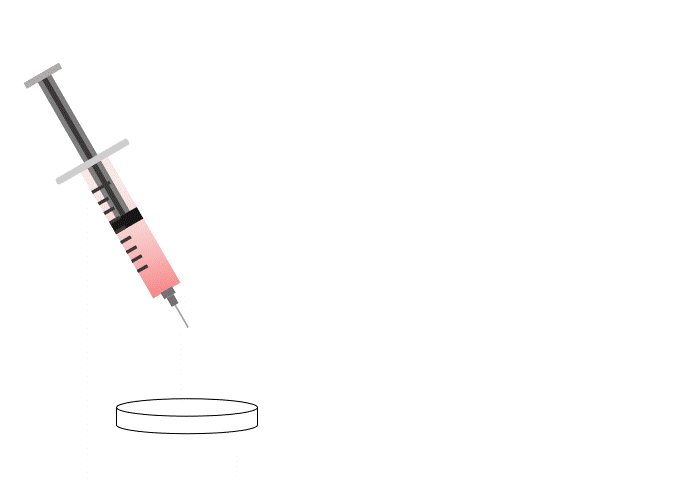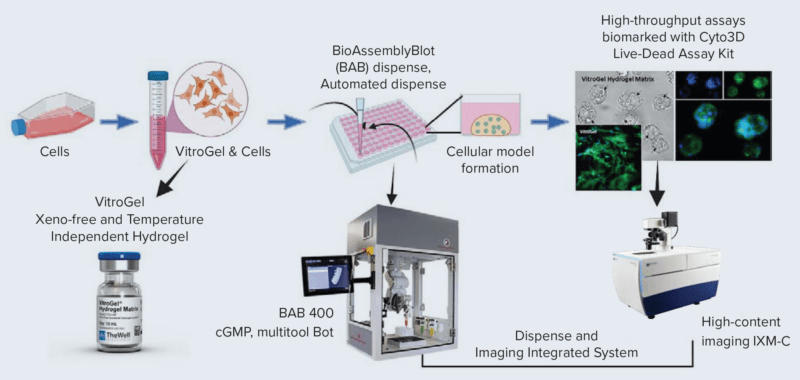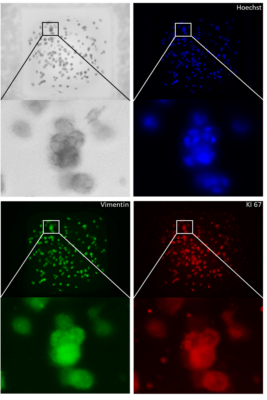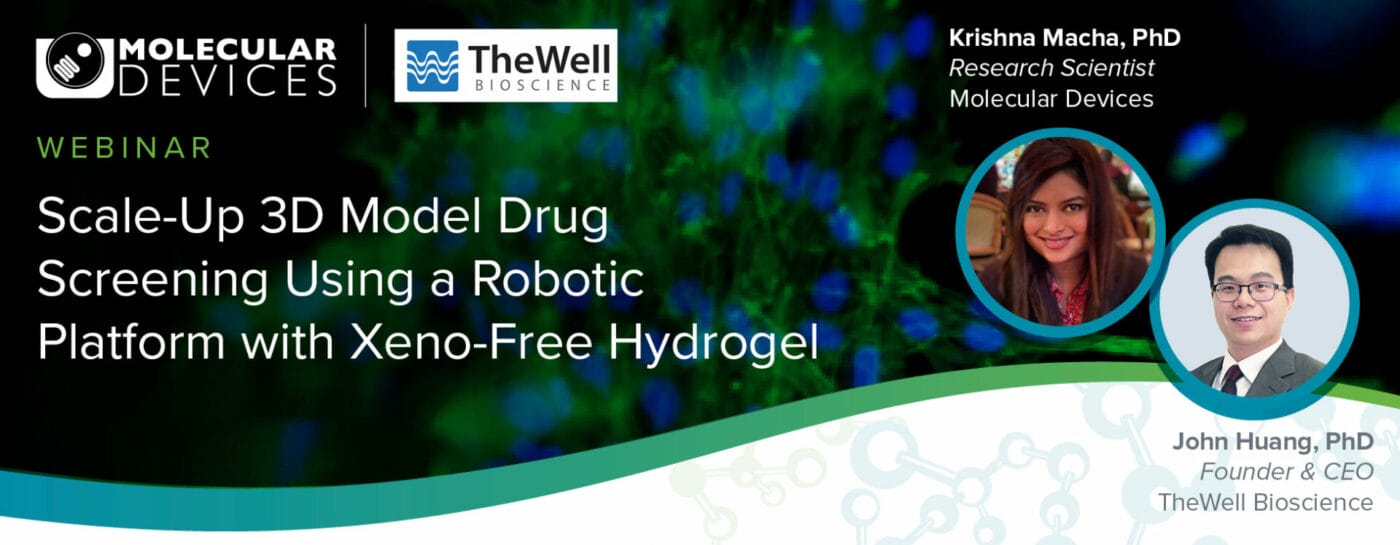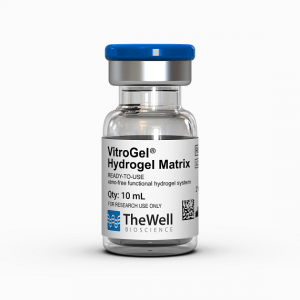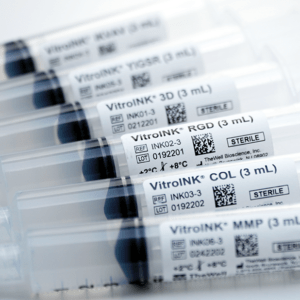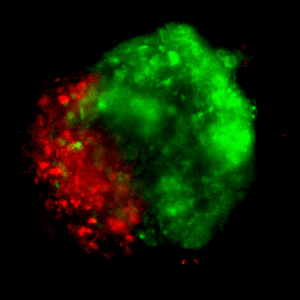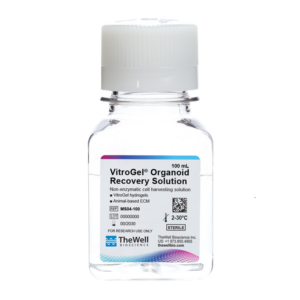Advanced 3D Cell Models for Lab Automation
Integrating advanced 3D cell models, such as organoids and tumoroids, with lab automation technology can streamline workflows, reduce human error, and ensure the reproducibility of handling these complex models. This approach is ideal as it enhances data reliability while enabling efficient high-throughput cell culture and screening. Learn how the VitroGel® hydrogel overcomes current animal-based ECM when adapting for laboratory automation.

Challenges of using animal-based ECM in laboratory automation
Using traditional animal-based ECM poses many challenges and limitations that can affect workflow, results, and scalability:

Complex Handling Requirements and Incompatibility with Automation:
Animal-based ECMs require low temperatures and precise handling and are challenging to integrate with automated systems designed for speed and uniformity. Lab automation equipment will require special retrofitting to adapt to cold temperature handling. Any fluctuation in temperature will cause gelation, leading to tip clogging.

Batch-to-Batch Variability and Reproducibility Issues:
The inconsistent quality between the batches of animal-based ECM leads to unreliable results, making it difficult for a more accurate study.

Ethical, Regulatory, and Contamination Concerns:
Using animal-derived materials raises ethical, regulatory, and contamination risks, limiting their suitability for pharmaceutical and clinical research.
VitroGel®: the right hydrogel for enabling laboratory automation
VitroGel® hydrogel is room temperature stable, and its unique shear-thinning and rapid recovery rheological properties allow for easy dispensing in laboratory automation and high throughput applications.

Room temperature stable for sample preparation.
No pipette tip clogging issues.

Long-term injectable status ensuring accurate pipetting and transfer of hydrogel.

Synthetic, xeno-free system with batch-to-batch consistency.

Excellent when used with the VitroPrime™ Spread-Attach Plate

Applicable for both VitroGel® and VitroINK®
VitroGel® works with many types of high-throughput equipment

Automatic
multiple-channel pipette
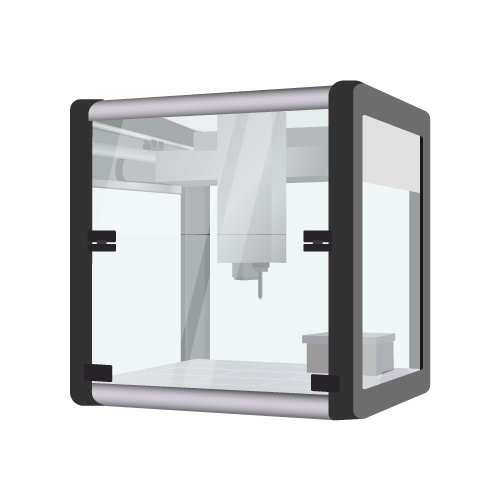
Bench-top
liquid handling machine
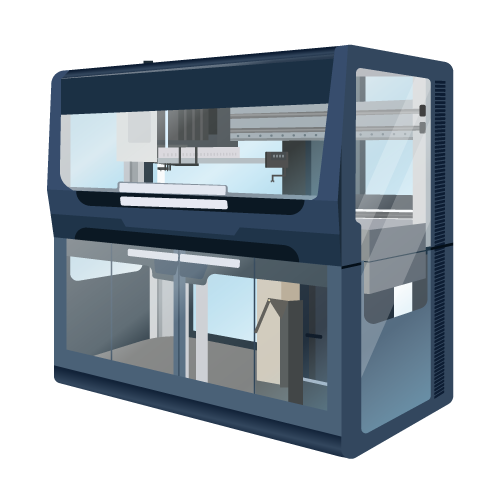
Fully automated
liquid handling system
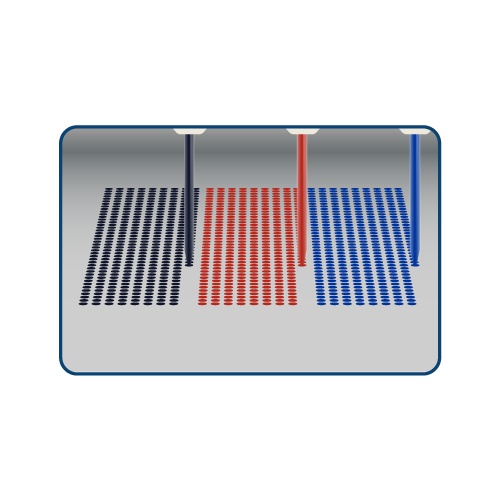
Microarray: non-contact
dispensing system
VitroPrime™ Spread-Attach Plate: Excellent for hydrogel lab automation
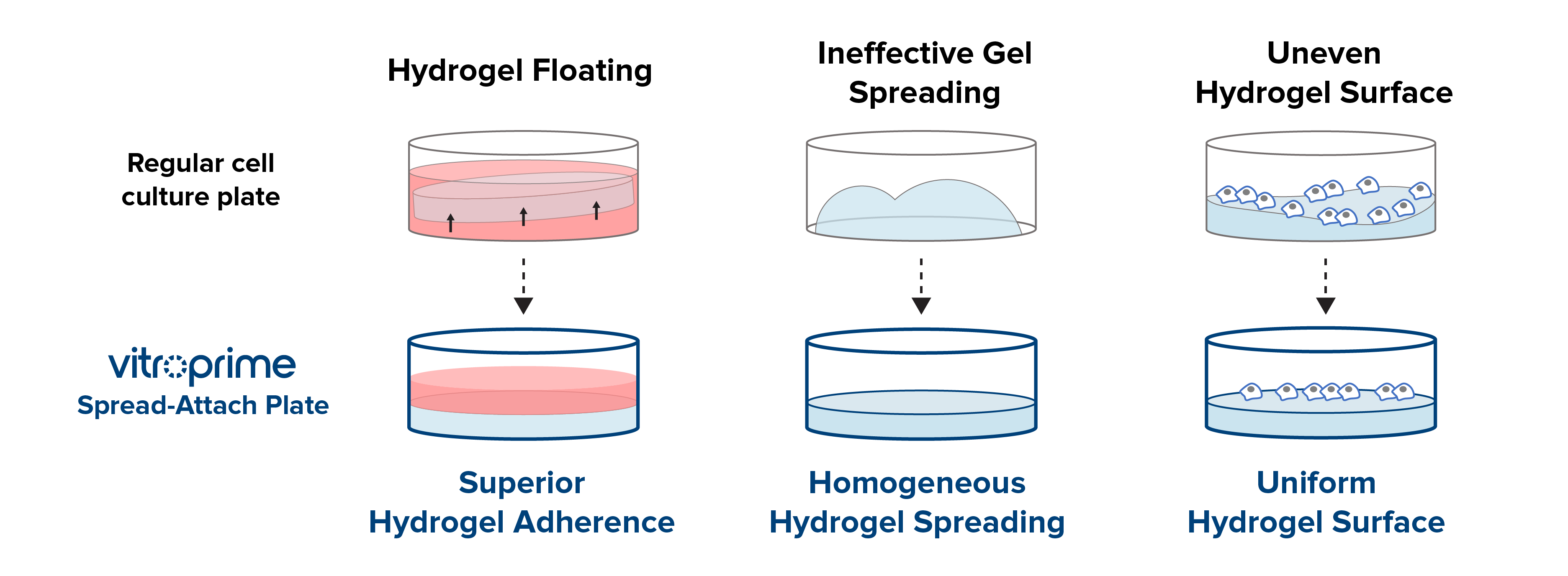
VitroPrime™ Ultra-Low Attachment Plate supports automated imaging systems
Works seamlessly with imaging platforms including Incucyte, Molecular Devices, and more.

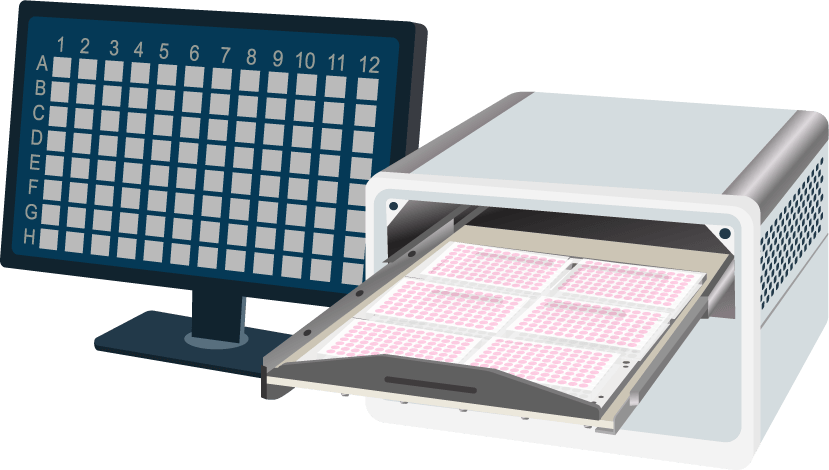
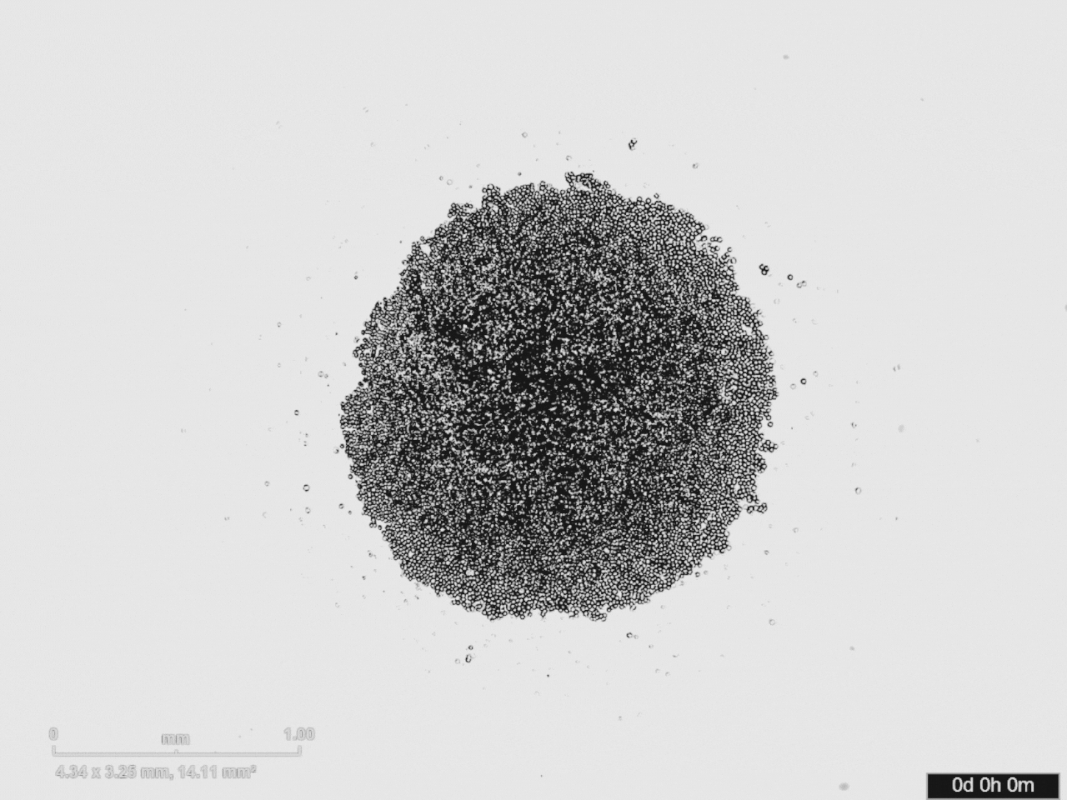
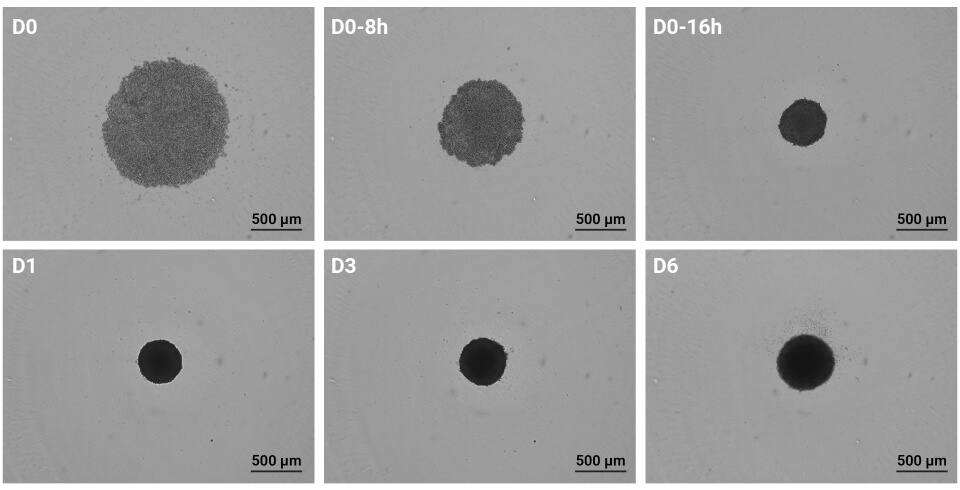
References
Webinar
Featured Products



